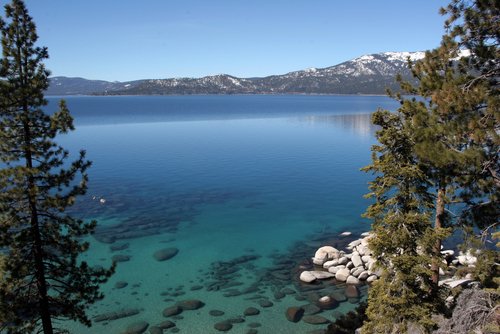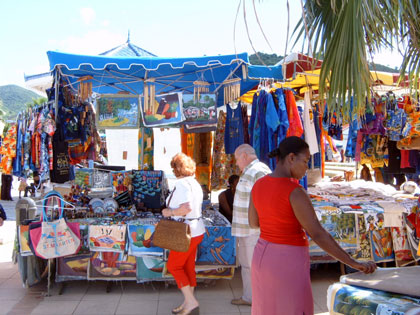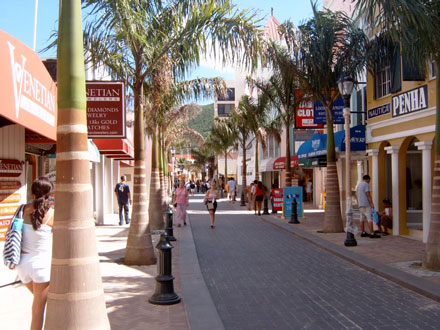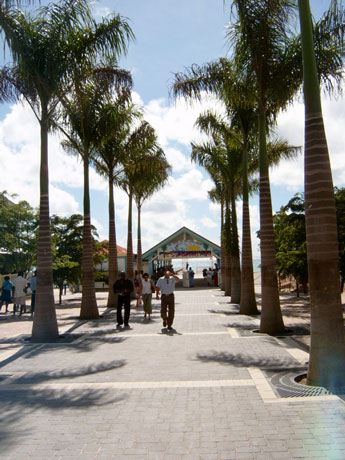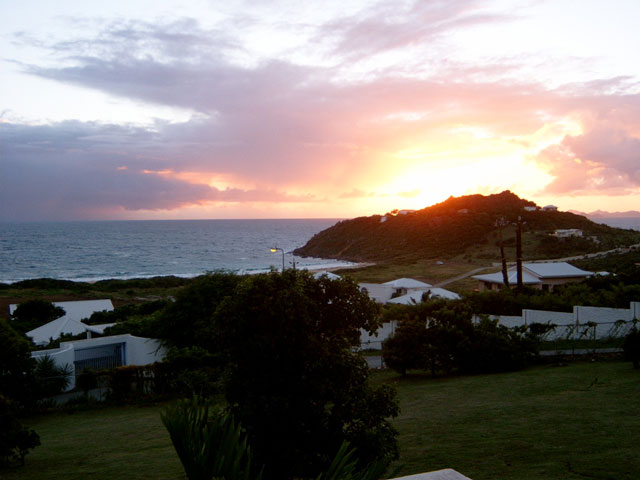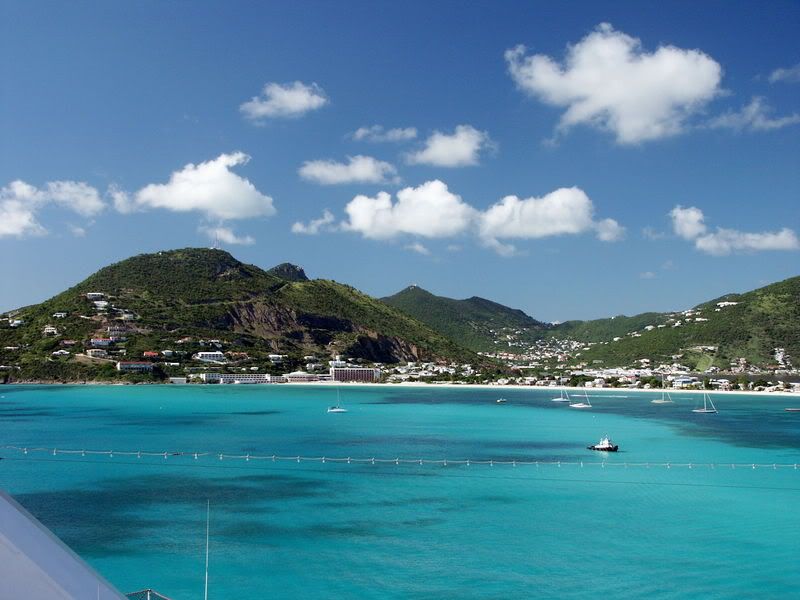
(ANSA) - Naples, March 17 - A new treasure from Herculaneum was unveiled in
Naples on Tuesday, where it will join a major exhibition exploring life in the Ancient Roman town buried by Vesuvius in 79 AD. The show, running until April 13, already features over 150 artefacts and human remains uncovered over the last three centuries but the new relief, uncovered by accident last month, is stirring fresh interest. The marble sculpture, dating back to the 1st century AD, apparently depicts two separate scenes centred on Dionysius, the Greek counterpart of Ancient Rome's god of wine and merrymaking, Bacchus.
''The relief is particularly fascinating for scholars as we are not yet certain exactly the tale that is being reproduced on the work,'' explained Herculaneum's excavation chief Maria Paola Guidobaldi.
''It almost certainly shows Dionysius and what appears to be one of his female followers, a Maenad, dancing. However, there are also two other figures, one with men's hair and the other wearing female clothes that aren't yet clear.
''Nor are we certain what gift is being offered to Dionysius. It was very probably some kind of offering, perhaps a thanksgiving, much as people make today to patron saints''. The Greek marble relief was uncovered by accident in Herculaneum on February 18, during regular maintenance work.
It was located in a luxurious residential building on the northwest block of the town, which has only been partly excavated so far. The relief was fixed in the eastern wall of a large room, at about two metres above the ground. It appears to have been designed as a partner for another relief, located at the same level on the southern wall of the room, which was removed in 1997. ''The find is particularly important owing to the interpretation of the scene it shows, which is still an open question,'' said Pompeii Superintendent Pietro Giovanni Guzzo. ''So far no one has been able to find a connection between the two separate scenes dividing the relief, the dancer and the homage to Dionysius''.
The show is already hosting dozens of statues, skeletons, artefacts and textiles from the small seaside town south of Naples, which was destroyed in the same Vesuvius eruption that buried
Pompeii on August 24, 79 AD.
While Pompeii was covered by hot ash and lava, its less famous neighbour disappeared under an avalanche of molten rock. This mingled with mud and earth and solidified, allowing fragile organic matter like wood, fabrics, wax tablets and papyrus rolls to survive.
Archaeologists began digging at the sites around Vesuvius like
Stabiae and Herculaneum at the start of the 1700s and continue to make discoveries today.
The exhibition is divided into three sections, focusing first on the magnificent statues of gods, heroes and emperors found among the ruins. The second section is dedicated to noble Herculaneum families such as that of the proconsul Marcus Nonius Balbus, one of the town's main benefactors, and also showcases many statues found at Herculaneum's largest residence, the Villa of the Papyri.
In the third section, the skeletons of fleeing townspeople are on show alongside everyday objects giving visitors an insight into the daily life of common people.
While bodies in Pompeii decomposed in the ash, Herculaneum's solidified mud preserved the skeletons intact, providing researchers with an extremely rare opportunity to examine remains of Ancient Romans, who usually cremated their dead.
The exhibition also includes an additional section at the end devoted entirely to Herculaneum's fabrics, which, like the townspeople, have been preserved in astonishing condition thanks to the sudden avalanche of molten rock at extremely high temperatures. Herculaneum: Three Centuries of Discoveries runs at the
Naples Archaeological Museum until April 13.
For more video about Italy visit
WebVisionItaly.com, the only Internet television network about Italy life today.
photo: the Villa of the Papyri.
 The city of Venice has announced a plan to produce 50 percent of its electricity needs from an algae-based power plant instead of fossil fuels. This is the exact kind of local thinking, innovation, and planning that the G20 meeting on April Fool's Day cannot create.
The city of Venice has announced a plan to produce 50 percent of its electricity needs from an algae-based power plant instead of fossil fuels. This is the exact kind of local thinking, innovation, and planning that the G20 meeting on April Fool's Day cannot create.






